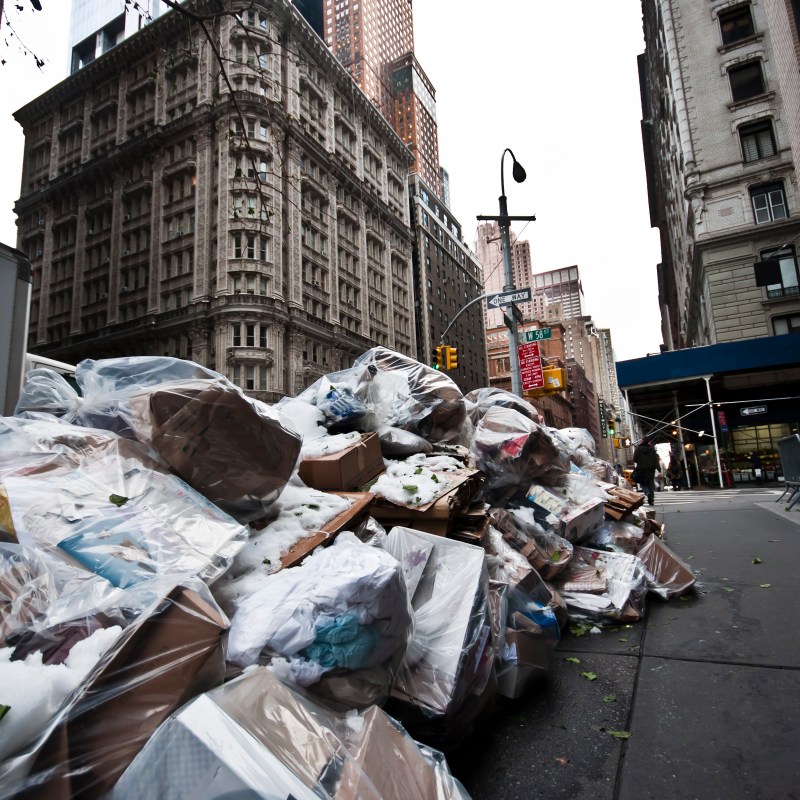
Have you been hearing the phrase ‘social media ruined travel’ lately?
Videos by TravelAwaits
This concept has taken off over the last year or two and has a few different meanings. First, it highlights how viral social media content can put a destination on the map—for good or for worse. Second, it touches on the fact that many travel accounts show you the highlight reel instead of portraying the whole picture.
Third, it showcases one increasingly real travel risk: that you might be duped by high-contrast and colorfully vibrant images and videos into visiting a destination… only to realize it doesn’t actually look like that in real life.
Here’s a slightly dramatic example. Molly-Mae is an influencer who gained notoriety on Love Island (UK) in 2019. In July, her sister (famous by association) traveled to one of Bali, Indonesia’s swankiest areas, Uluwatu, but left for Dubai because, “If this is one of the better places [on the island], I’m not sure what the others are like.”
In short, Bali didn’t meet her expectations. After less than two days, she packed her bags and headed to Dubai for a luxury vacation.
The comments made by Molly-Mae’s sister (unsurprisingly) upset many Balinese locals who claim that messes and crowds are caused by tourism.
But it also brought into focus an increasingly important question that travelers need to answer: Are you sure you’re vacation is going to meet your expectations? Or have you let romantic images and videos plan your trip for you?
Let’s take a look at 15 places that don’t look as pretty as the pictures, whether due to pollution, massive crowds, and/or false advertising.
First up—how can you make sure you’re not being duped?
Before I cover the places that don’t look as pretty as the pictures, I want you to learn how to judge destinations before booking your trip. As with my advice on packing for a two-week trip, never let your hopes lead the way.
If you’re worried that you’re being duped by a photo, video, or account that’s a little too good to be true, go to review sites. TripAdvisor is the easiest, along with Reddit. You can read through text reviews, but I highly suggest focusing on photos taken by other travelers.
Most of us aren’t photographers, meaning we can’t zhuzh a picture if it isn’t naturally lovely. On top of that, you’re likely to find reviews from travelers who didn’t have their expectations met—and they aren’t likely to be shy about their negative experience.
One last tip: if you’re looking at any content that’s been filmed with a drone, take those views with a (big) grain of salt. You are not a bird. You won’t see your destination from that angle unless you’re in a helicopter. On top of that, videographers wait for perfect lighting before sending out their drones—something not many travelers think about during their trip.
Now onto the fun stuff. I’ve included the most recent photos possible.
Remember: just because a destination landed on this list, that doesn’t mean you shouldn’t visit. Instead, it should help you gain a better understanding of what locations are actually like on the ground so that you can plan your trip accordingly.
15 popular places that don’t look as pretty as the pictures
Bali, Indonesia
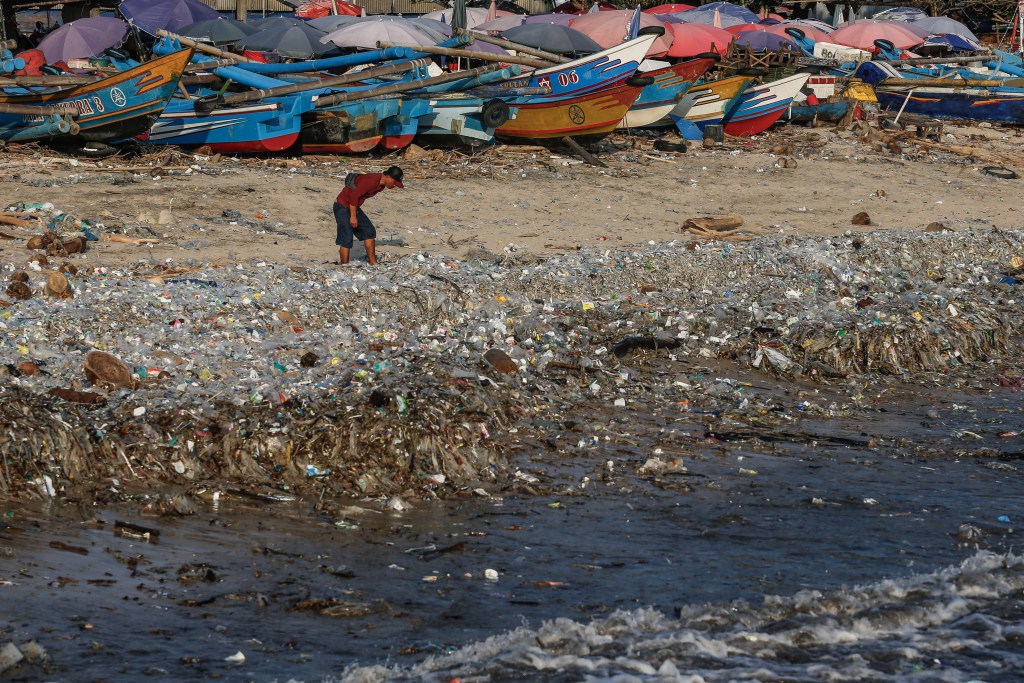
Why doesn’t Bali look like the pictures? First, it’s very crowded. Bali has a population of 4.5 million people on an island that’s 2,230 square miles; for context, the state of Missouri has around 6.5 million people spread across almost 70,000 square miles.
On top of its dense population, Bali’s booming tourism industry hasn’t come without its problems. Pollution is an ongoing issue; some of Bali’s beaches and jungle sites are covered in trash.
Briksdal Glacier, Norway
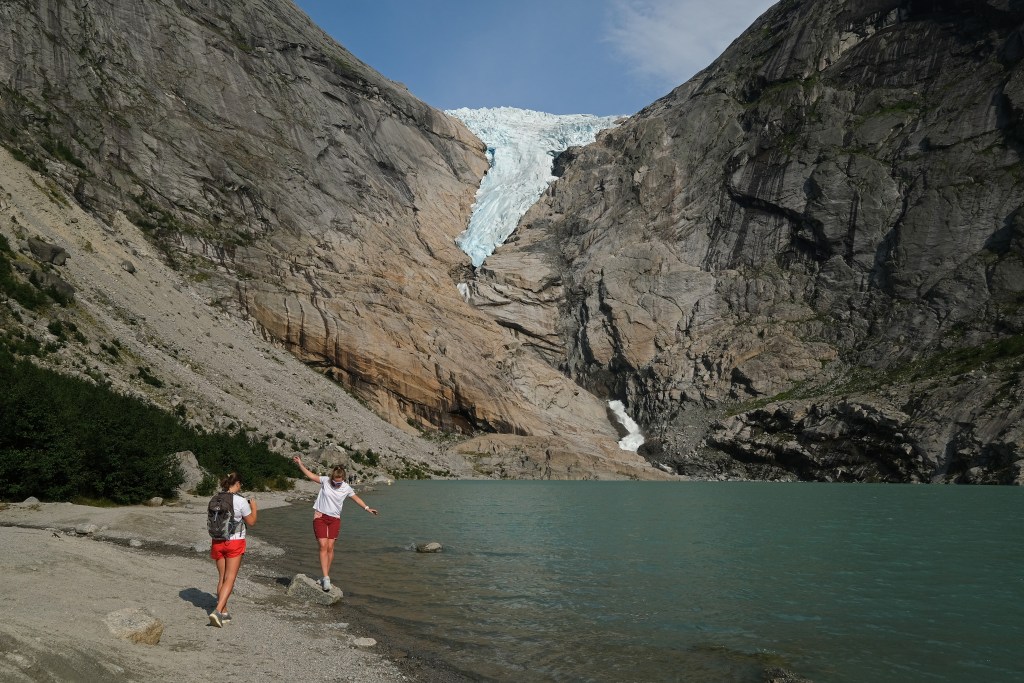
Since 2000, the Briksdal Glacier has been shrinking, meaning there’s less of it to see. Given its shrinking size, the bright blue hue that once pitted the glacier is no longer as vibrant.
Elafonissi Beach, Greece
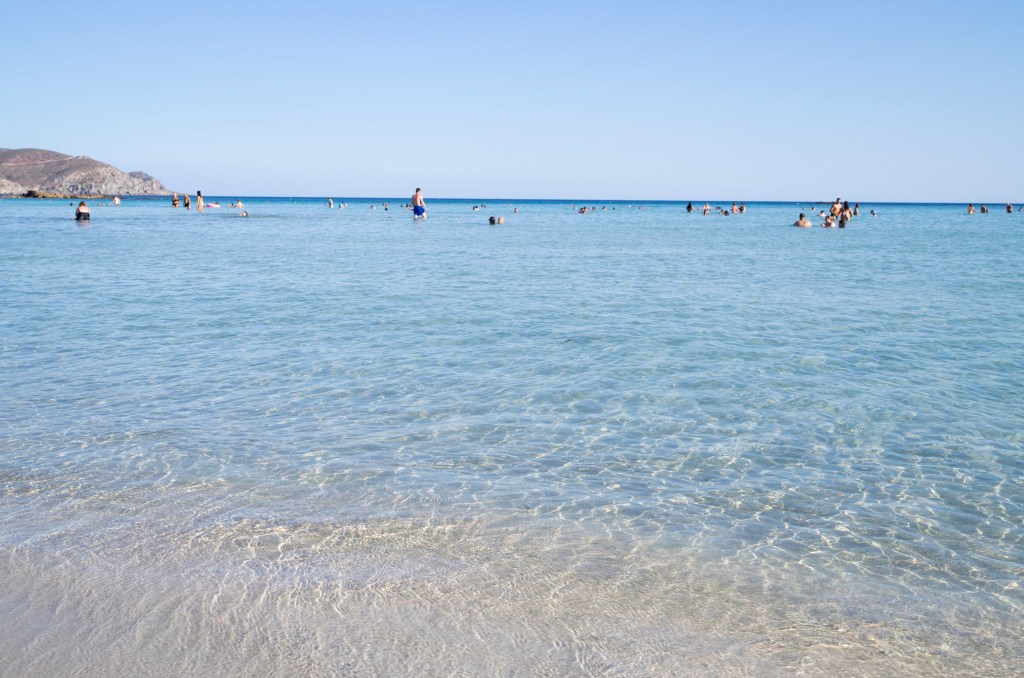
Often billed as one of the Mediterranean’s most stunning pink-sand beaches, Elafonissi is one of Crete’s most popular destinations. But there’s a catch.
First, because the tiny creatures that produce the pink color, known as foraminifera, aren’t as vibrantly colored as the pictures suggest. Second, there are usually crowds on this popular public beach, meaning those slightly blushed sands are often overrun.
New York City and Paris
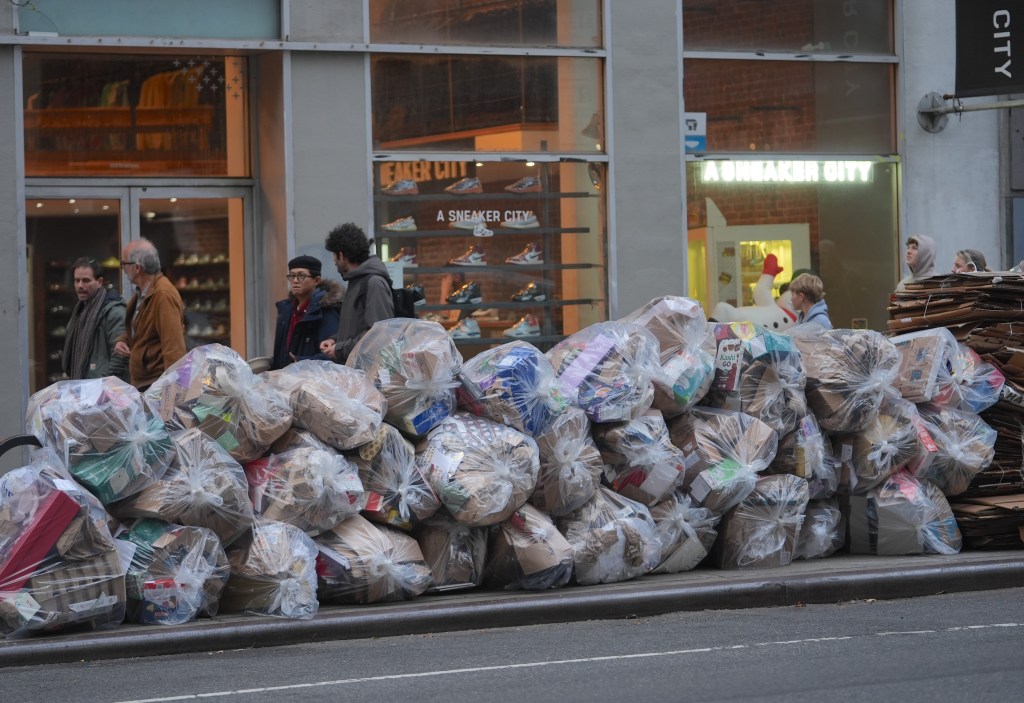
Remember my advice about not letting drone footage influence your wanderlust? New York City suffers from an image problem. Most visitors head to the city with those skyscrapers in mind, but they’re soon faced with puddles of mysterious (and dangerous, reeking) liquids, overpriced and subpar food, and streets that look increasingly reminiscent of Gotham City.
Paris suffers from a similar image issue. Most tourists are fed ideals of romance, the Eiffel Tower, and a certain Parisian sensibility about life’s finer things. In reality, Paris is massive, just as dirty as New York, and isn’t the most welcoming. If you think I’m being dramatic, know there’s an entire syndrome named after the city.
Shinto Gates, Kyoto, Japan
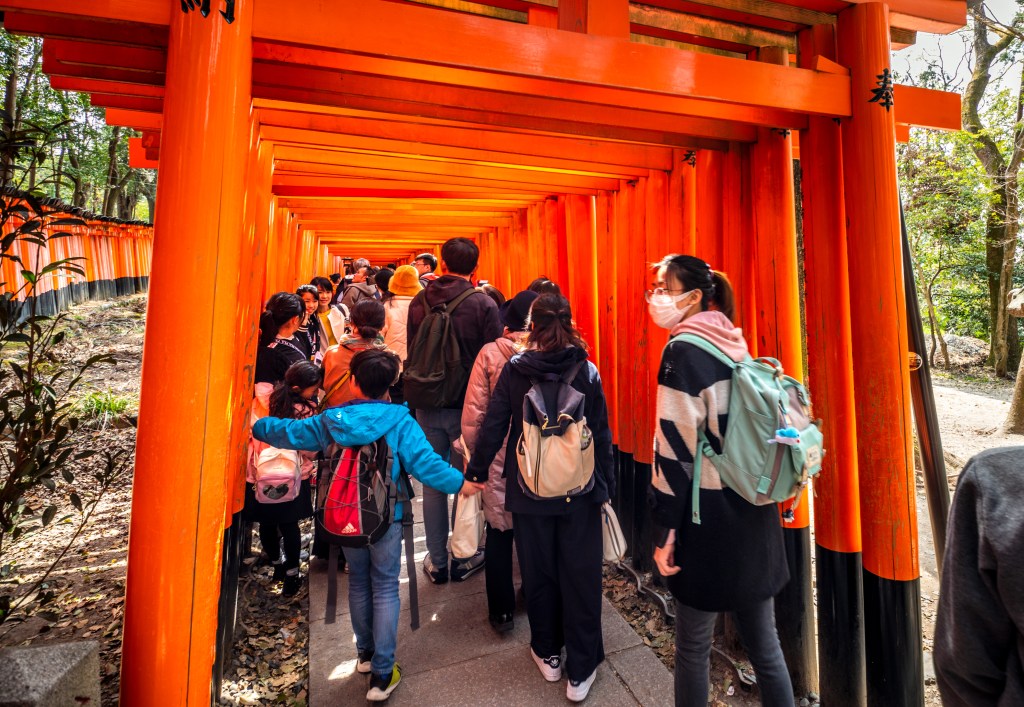
The Shinto Gates might meet your expectations in terms of historical grandeur and traditional architecture—but the crowds are so dense that you might be fighting for breathing room as soon as you step on the grounds. Unfortunately, that also includes the famous fushimi Inari-taisha.
Trevi Fountain, Rome, Italy
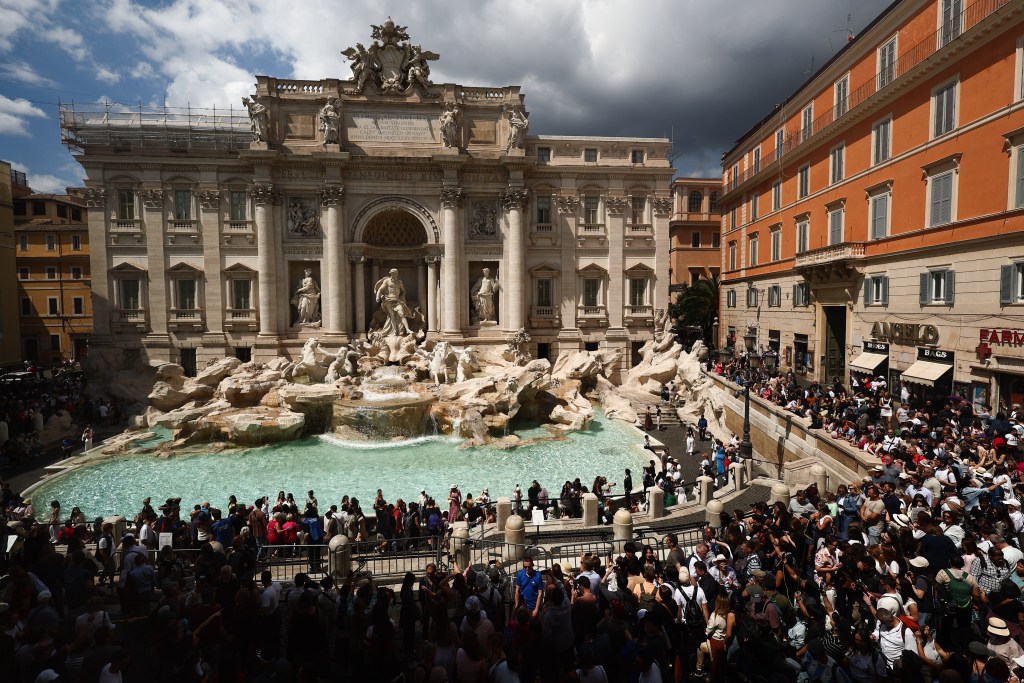
Just like with the Shinto Gates, Trevi Fountain is often clogged with a human traffic jam. This year, conditions were even more intense thanks to the jubilee and ongoing restoration projects. However, it’s possible that local authorities will keep part of the barriers in place following work, meaning the Trevi Fountain’s dense crowds aren’t likely to decrease anytime soon.
Venice, Italy
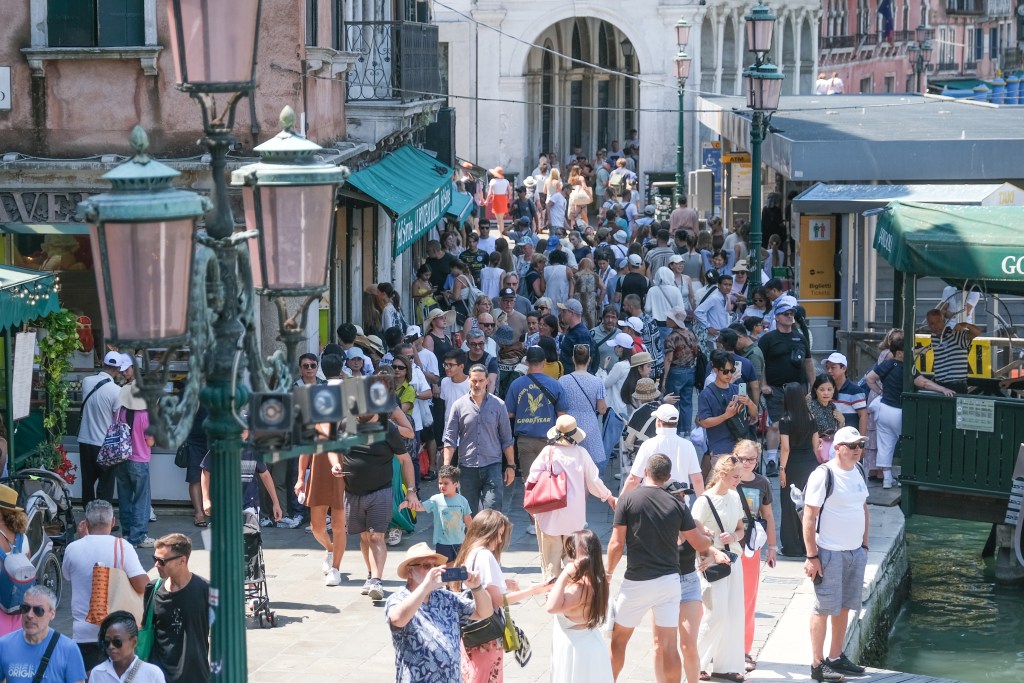
Picture the crowds at the Shinto Gates in Kyoto and the Trevi Fountain in Rome—then multiply that across a small, canalled city. Some parts of Venice, like the popular Rialto Bridge, are regularly clogged to the point that it’s difficult to move.
Pyramids of Giza, Egypt
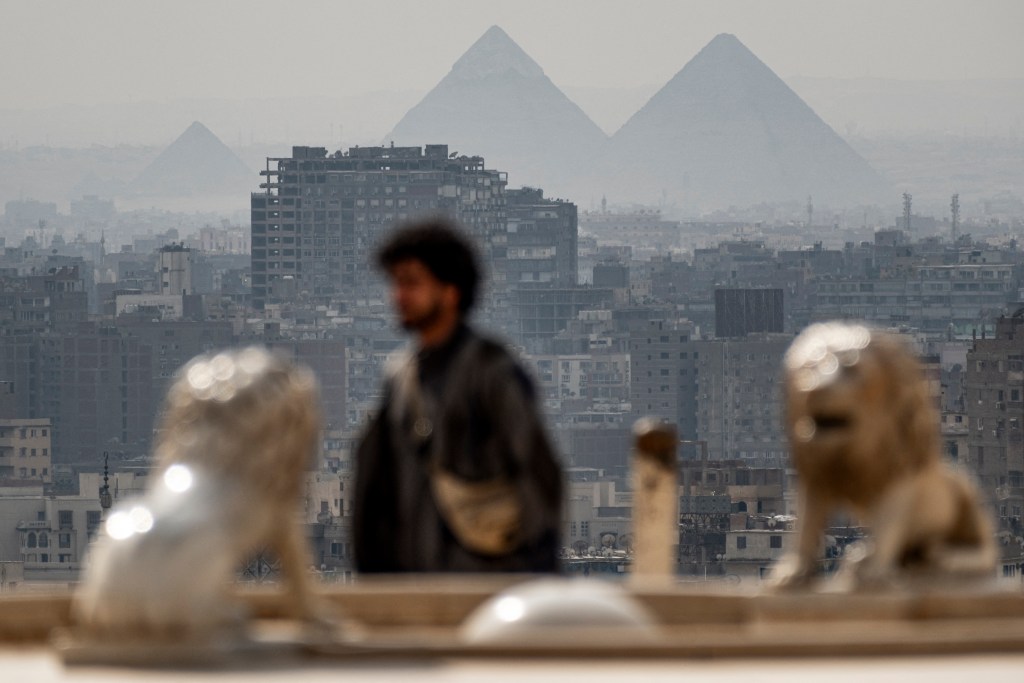
In case you didn’t know, Egypt is the world’s most polluted tourist destination in terms of harmful air particulates. That means the majority of visitors first see the Pyramids of Giza through a haze of smog. On top of that, the pyramids are located close to the city, which surprises many visitors.
Lastly, I’ve heard from many visitors who were shocked (and not in a good way) by the insistence of local vendors. Just know that it’s par for the course for vendors to be aggressive. If you’re worried about interactions like these, hire a local guide.
Great Wall of China, China
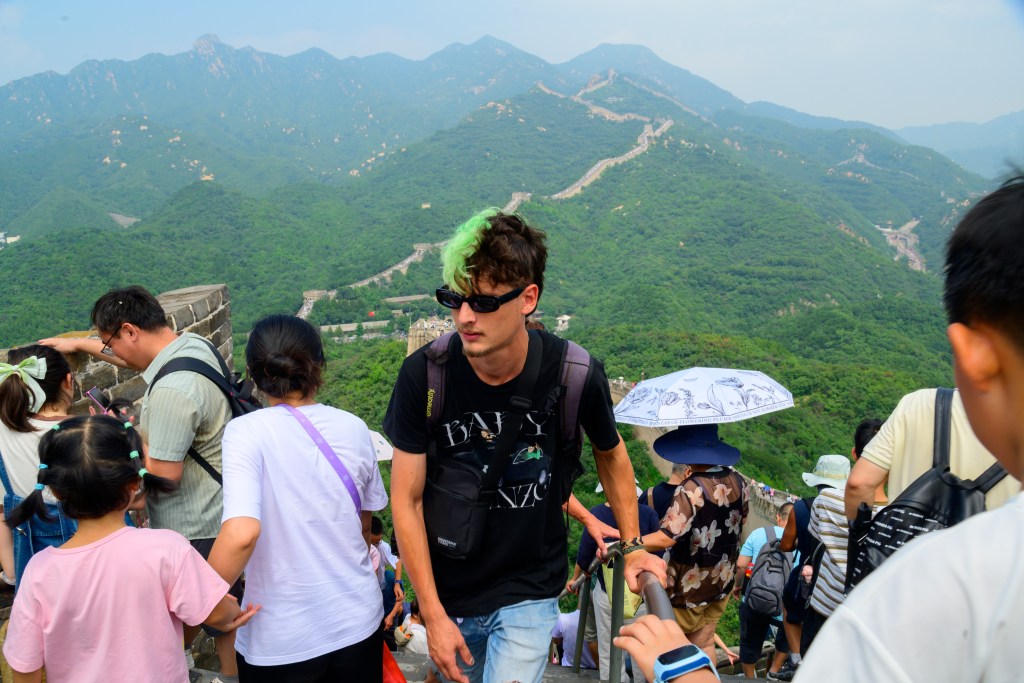
There are two things you need to know about visiting the Great Wall of China. First, it’s not intact. At its height, the Wall of China stretched over 13,000 miles, but much of it has since been reconstructed, meaning you can visit portions of the wall. That leads me to my second point: expect ‘bumper-to-bumper’ style human traffic jams at the most accessible and popular entry points.
Las Salinas de Torrevieja, Spain
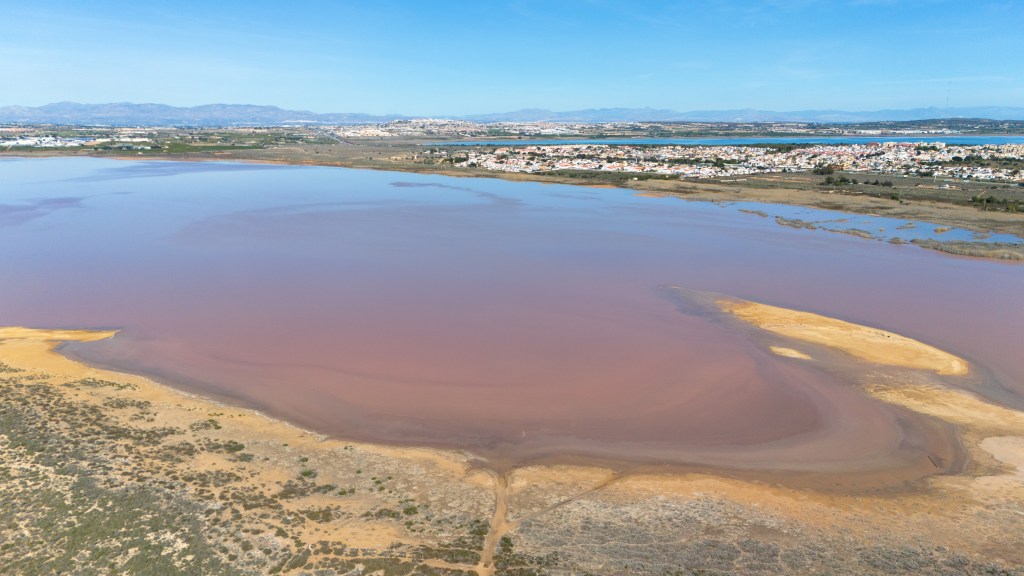
Las Salinas de Torrevieja is home to two distinct lakes, including the pink-colored Laguna Salada. Often billed as being bubble-gum pink in travel photos, the reality is that the lake’s color depends on its microorganisms, the lighting, and the photographer.
In reality, the lake is ruddy pink and red in color, not bright pink. Of all the places that don’t look as pretty as the pictures, this is the one that I most often see misrepresented in social media photos.
Taj Mahal, India
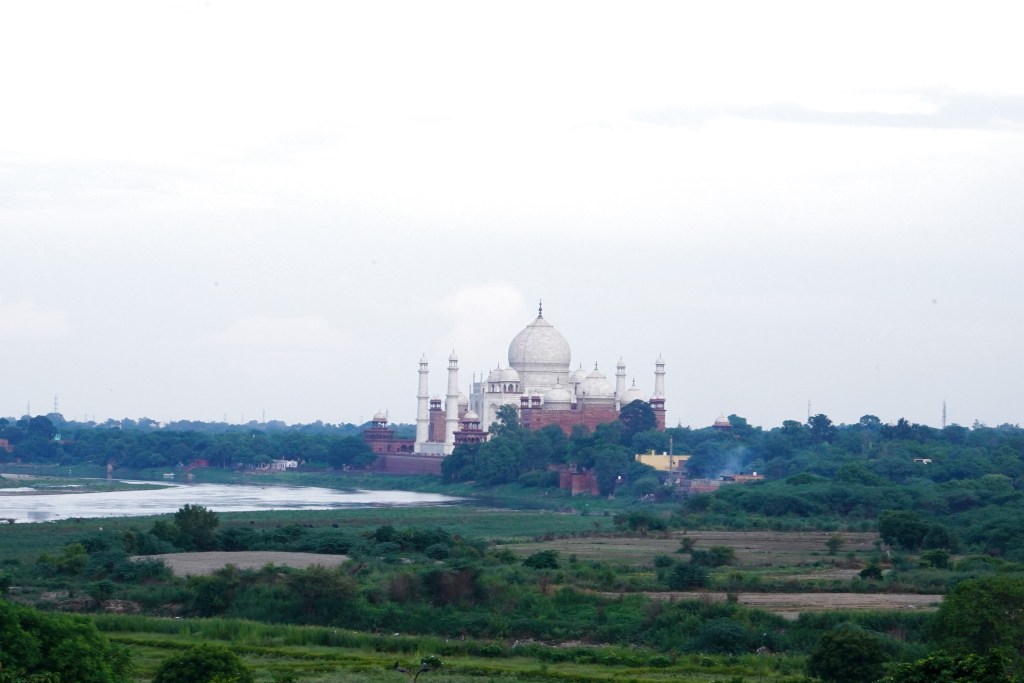
I have a little heads up for anyone who hasn’t visited India: it’s crowded, some areas are layered in trash, and many live below the poverty line—which will feel even more poignant as you’re visiting jaw-dropping sites like the Taj Mahal. (And modern skyscrapers like Mumbai’s Palais Royale, depending on where you go.)
The Taj Mahal itself is pretty infallible when it comes to architecture and general grandeur, but you might be surprised at what you find in some parts of Agra if it’s your first trip to India.
Las Vegas, Nevada, USA
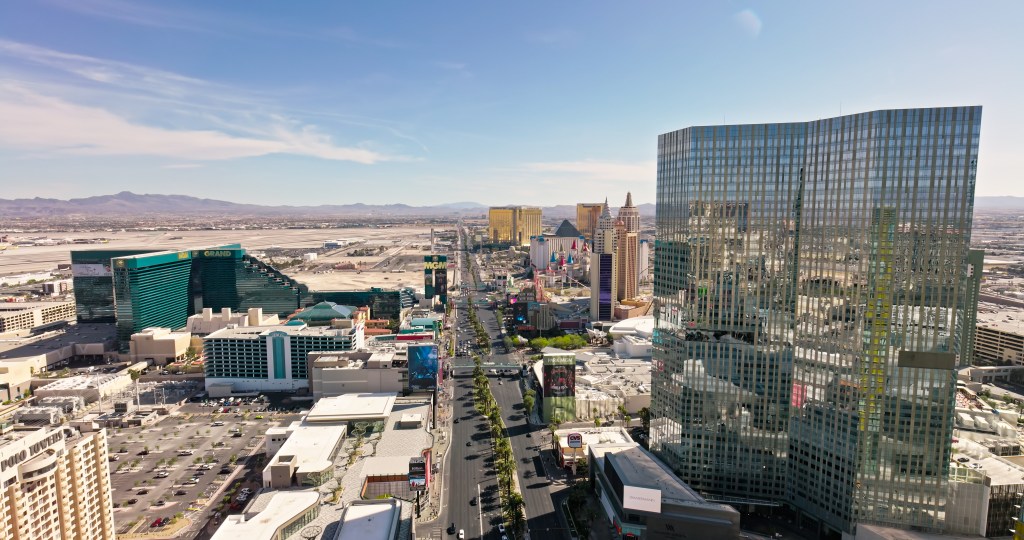
By night, it’s a neon-lit fever dream where just about anything goes. By day, it’s a shockingly drab strip mall set in an inhospitable desert. The more you know.
Zhangjiajie, China
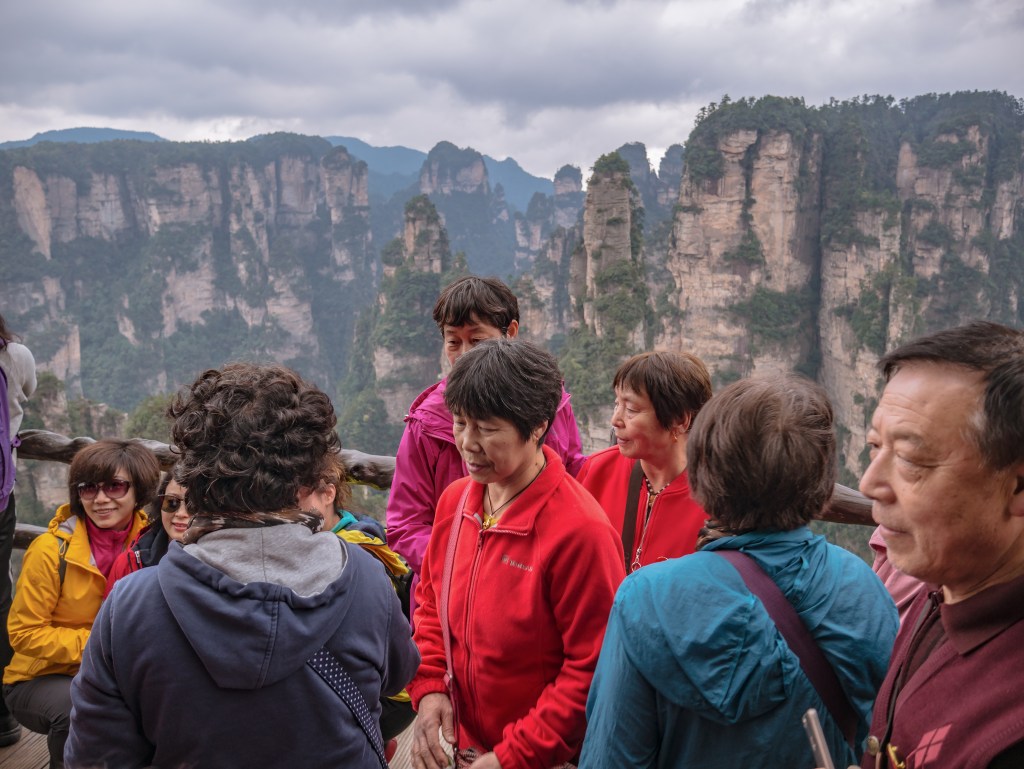
This location has been on my radar for years; the dramatic, pillar-like mountains of Zhangjiajie even helped inspire Pandora, the fictional planet from James Cameron’s Avatar. Unfortunately, crowds and pollution is a growing issue at Zhangjiajie.
Some of the pillars are hollow with caves and nearly filled to the brim with trash, which occurred after waste management contracts ended in the area. That being said, efforts are underway to spruce up Zhangjiajie thanks to a recent viral video.
Waikiki, Oahu, USA
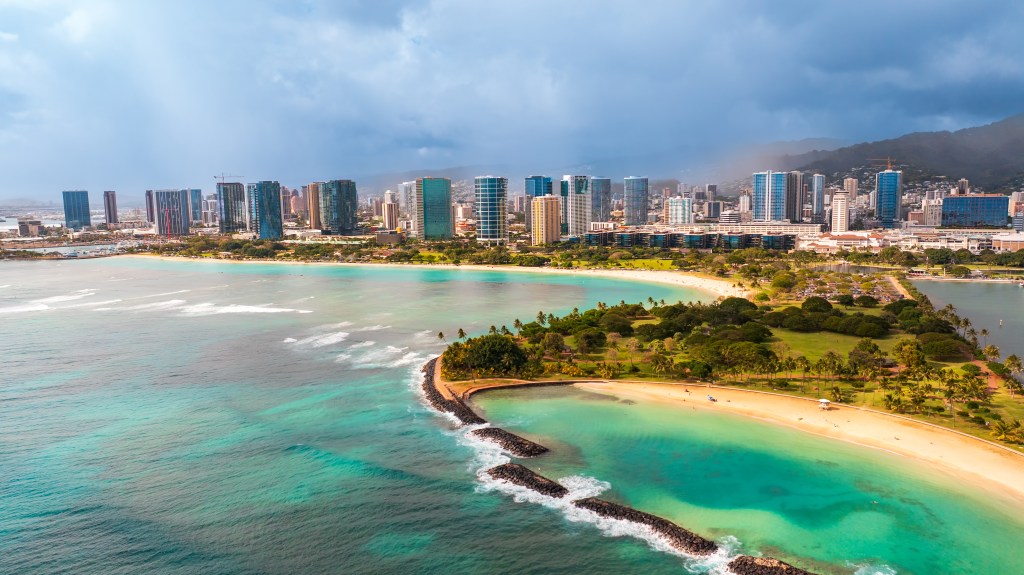
What could possibly compromise a coastline as lush and tropical as Oahu’s Waikiki? A league of high-rise buildings that make it look like just another overblown resort town. To be fair, Waikiki is still a drool-worthy beach destination… but it’s not as ‘untouched’ as many imagine.
My pick: The Tower of London, UK
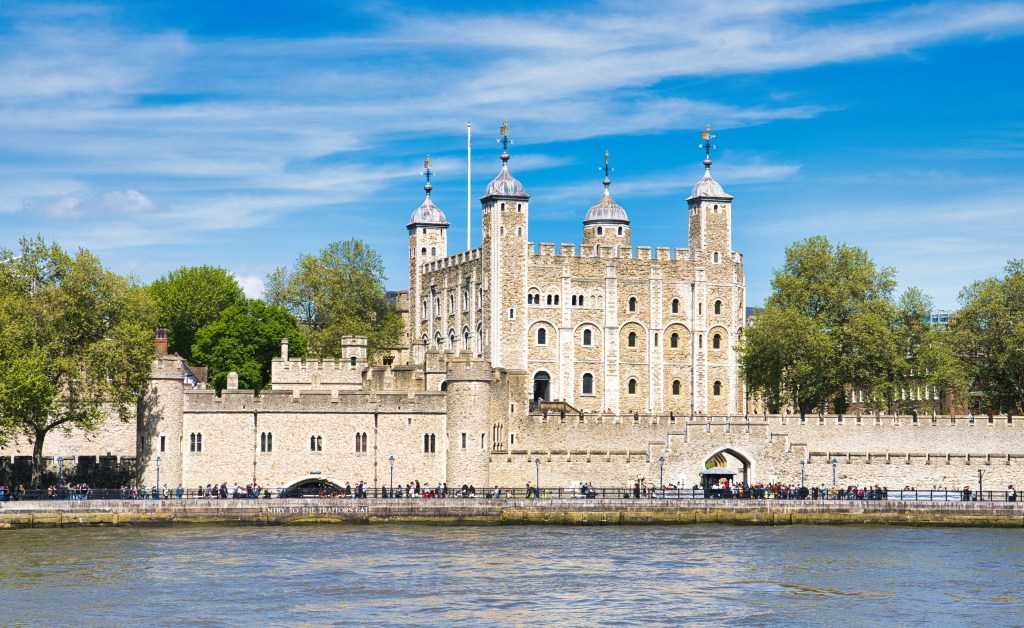
Here’s my personal pick of all the places that don’t look as pretty as the pictures: the infamous Tower of London, home of former torture chambers and the current storehouse for all those royal jewels. As a history buff with an interest in dark topics, the exhibits hit the mark, and I was elated to see real-life places I’d only heard about in the past.
But the actual buildings felt a bit underwhelming compared to the site’s massive reputation; small, old, and drafty. And the only reason all those ravens hang around is because their wings have been clipped.
